The Masterplan helps technical managers and superintendents to collaborate, have structure and control, and to share their competence about dry dockings and other projects across the company. A Masterplan can be useful for training new employees by walking them through the process of technical projects in the system. It also serves as an overview for the management of where the projects stand and track real time progress. However, Vesselman is primarily a tool for fleet managers and superintendents to diligently plan dry-dockings, do better purchasing and coordination across the supply chain, and to execute projects in an efficient way. Vesselman claims that most of the technical projects follow the same base process, therefore, it’s possible to standardize them into stages – planning, specifying, quoting, repairing, and summarizing/reporting. The companies can set their own quality standards, e.g. when specification must be finished, or how many shipyards should send the quotes. Following a standard process, the superintendents ensure that they order spare parts in due time, create quotations and job specifications according to company standards. As a project goes along, all updates, invoices, and time sheets from suppliers are documented in the system, which facilitates and builds the final report. Vesselman’s software also has a feature that enables benchmarking of previous dockings. Superintendents may look at previous docking specifications of a sister vessel and compare prices item by item by supplier and decide on optimal pricing when they create budgets. The idea of a bench-marking feature came from a client who had 8 dockings and wanted to compare why some dockings were more expensive than other sister vessels. According to Vesselman, managing technical projects on a digital platform instead of manual spreadsheets has a few clear advantages. Firstly, it’s a more transparent information flow among a technical management, superintendent, captain, and the management. It also allows superintendents to plan the work remotely and at the same time ensure major cost reductions in a controlled way. Be prepared before showing up to the shipyard personally. Remote planning is especially handy when a third-party superintendent or surveyor manages the docking for a shipowner, or when a captain gives lay-up updates via a mobile app, which works both in offline and online mode. This article was originally published in the Aug/Sep issue of the Digital Ship magazine. Read the article on page 21.
1 Comment
|
Archives
February 2024
Categories |
VesselMan |
Support |


 RSS Feed
RSS Feed
